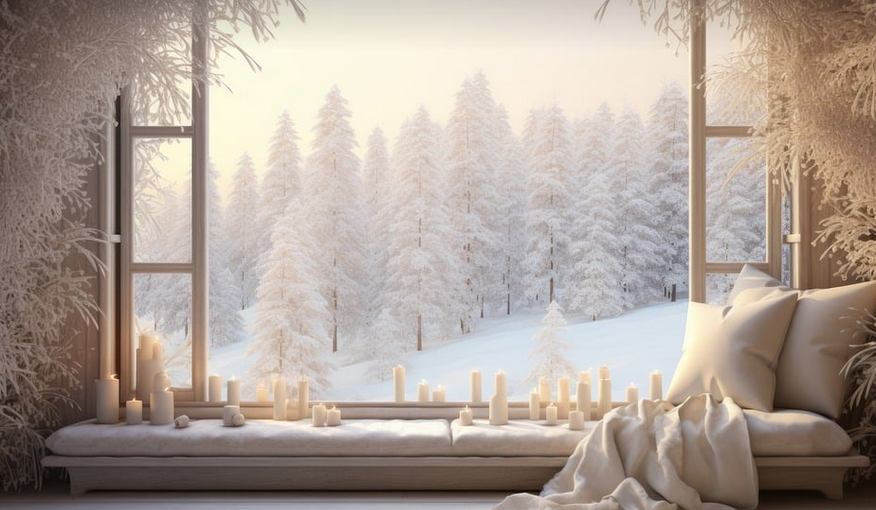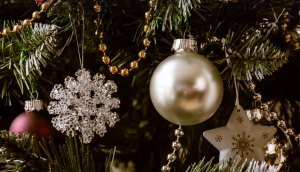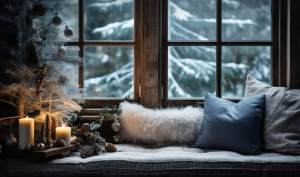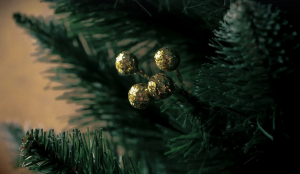
Decoding the Mystery: Unveiling Wine’s Shelf Life
Wine, that magical elixir of nature, is a drink that can elevate any meal or occasion. However, its journey from vineyard to sip isn’t always straightforward, and understanding how long it can last before hitting its “sell-by” date can be a bit of a mind-bender. With the right care, an unopened bottle can stand guard on your shelf for years, even decades, while still offering that delightful aroma and taste you crave. But just like anything else, there are certain factors, some quite specific, that dictate how long your wine will remain its most vibrant self.
Let’s dive into the fascinating world of wine longevity and explore the secrets behind keeping your precious bottles fresh for years to come.
The Power of Time: A Wine Lover’s Perspective
First things first, let’s address the elephant in the room – time. Time is key when it comes to wine preservation. While some vintages might boast a longer shelf life than others due to specific production techniques or grape varieties, as a rule of thumb, an unopened bottle can last anywhere between 5-10 years before its flavor begins to noticeably fade. However, there’s more to the story than just the passage of time.
The first factor you need to understand is what kind of wine we’re talking about. Red wines with a higher tannin content tend to hold their structure better than lighter-bodied whites, and this is largely due to the presence of tannins that are naturally present in red grapes. The more tannin a wine has, the less likely it will be to get oxidized or taste flat over time.
Red wines with higher sugar content tend to age well, too. These wines often have added sugar during fermentation which helps them retain their freshness and flavor for longer periods of time.
On the other hand, some white wines, especially those made from grapes like Pinot Grigio or Sauvignon Blanc, can develop a softer texture as they age. The delicate flavors and lower acidity in these wines might become more mellow over time and lose some of their vibrancy.
Another factor is the specific grape variety you’re working with. For instance, Cabernet Sauvignon, known for its complex tannins and bold flavors, can be enjoyed long after it’s bottled.
The Science Behind Wine’s Shelf Life: A Deeper Dive
Now, let’s explore the science behind why some wines last longer than others.
One key element is the absence of oxygen. As the cork is sealed off from the outside world, you essentially create a micro-environment where wine can stay fresh for years. Wine is naturally susceptible to oxidation, which occurs when it’s exposed to air, leading to a decline in flavor and aroma.
The longer the time the bottle remains unopened, the less exposure the wine gets to oxygen. This results in minimal deterioration, allowing you to savor its full potential for years to come.
Another factor is the presence of sulfites, which are preservatives used by winemakers to prevent spoilage and maintain the quality of their product. Sulfites play a critical role in preserving wine’s flavor and aroma. As a general rule, wines with higher levels of sulfites tend to hold up longer than those with lower levels.
A final element that influences longevity is the type of cork used for sealing the bottle. A properly sealed cork should create an airtight seal that prevents oxygen from entering the wine.
Storing Wine for Maximum Longevity: A Practical Guide
Here are some practical tips to maximize your wine’s shelf life:
- Store it properly: Keep your wine at a cool, stable temperature, ideally between 55°F and 65°F.
- Keep it in the dark: Store your wines away from direct sunlight. This can significantly affect their quality.
- Use a wine rack to store bottles upright: This helps ensure proper air circulation, which prevents oxidation.
Wine’s Delicate Dance with Time: A Final Word
In the end, understanding how long an unopened bottle can last is more than just a practical tip – it’s about appreciating the magic of wine and savoring its full potential. Whether you’re a seasoned connoisseur or a curious newbie, keep these insights in mind and watch out for subtle changes in the color, aroma, and taste of your wine as time passes.
Remember, wine is an art form that transforms over time. So be patient, embrace the journey of discovery, and let your palate lead the way.



